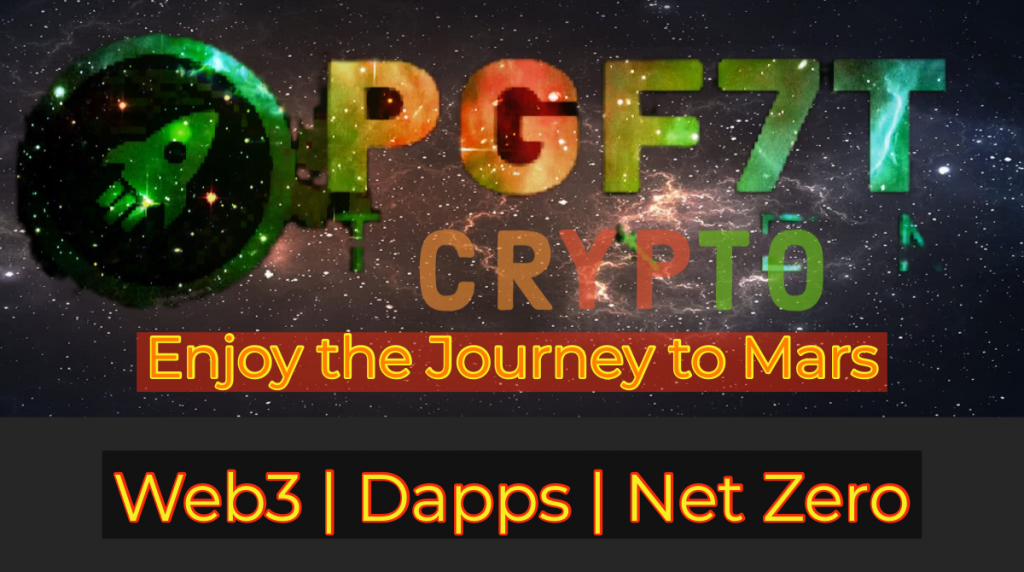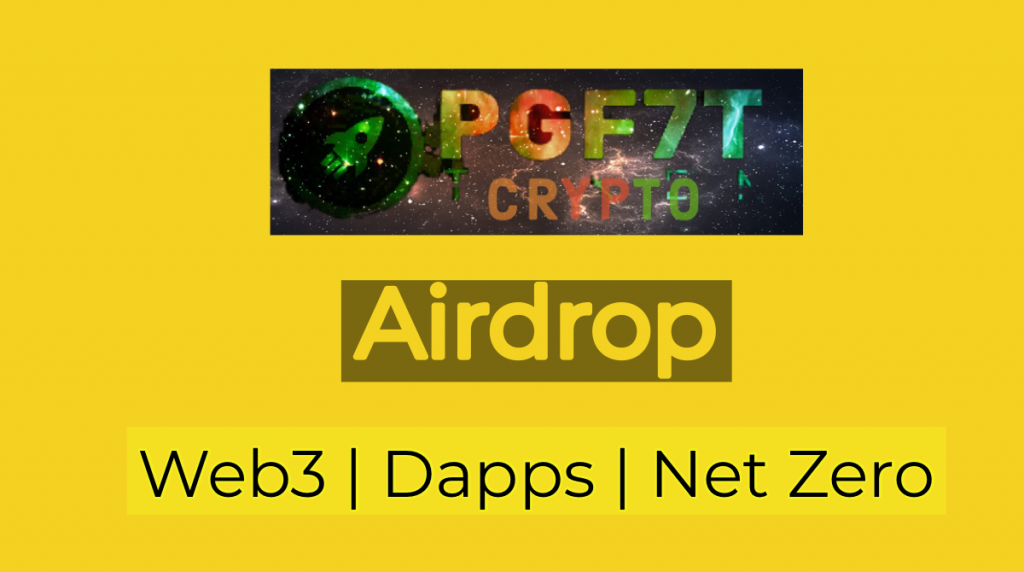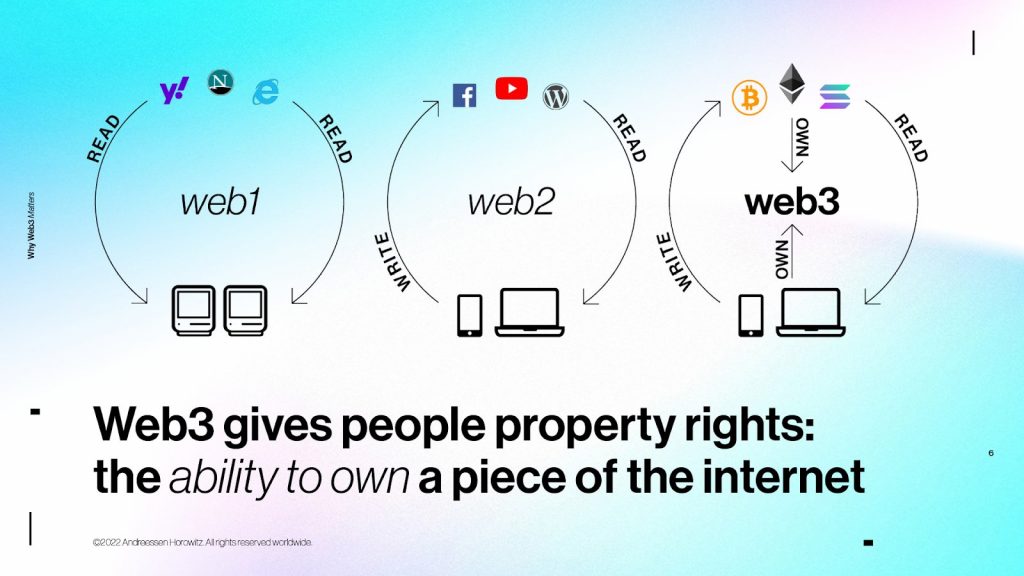|
|
|
|
|
|
|
|
|
|
|
|
|
|
|
|
|
.
Charts That Make You Go Hmmmm
.

Bloggin internal news
|
|
|
|
|
|
|
|
|
|
|
|
|
|
|
|
|
.
.
.
.
.
.
.
.
.
.
.
.
.
——
.
.

.
.
.

.
.
.
.
.

.
.
.
.
.
—–

.
.
.

.
.
.
.
.

.
.
.
.
.
.
.
.
—–
.
.
.
.
.
.
—-

.
.
.
.
.
.
—–